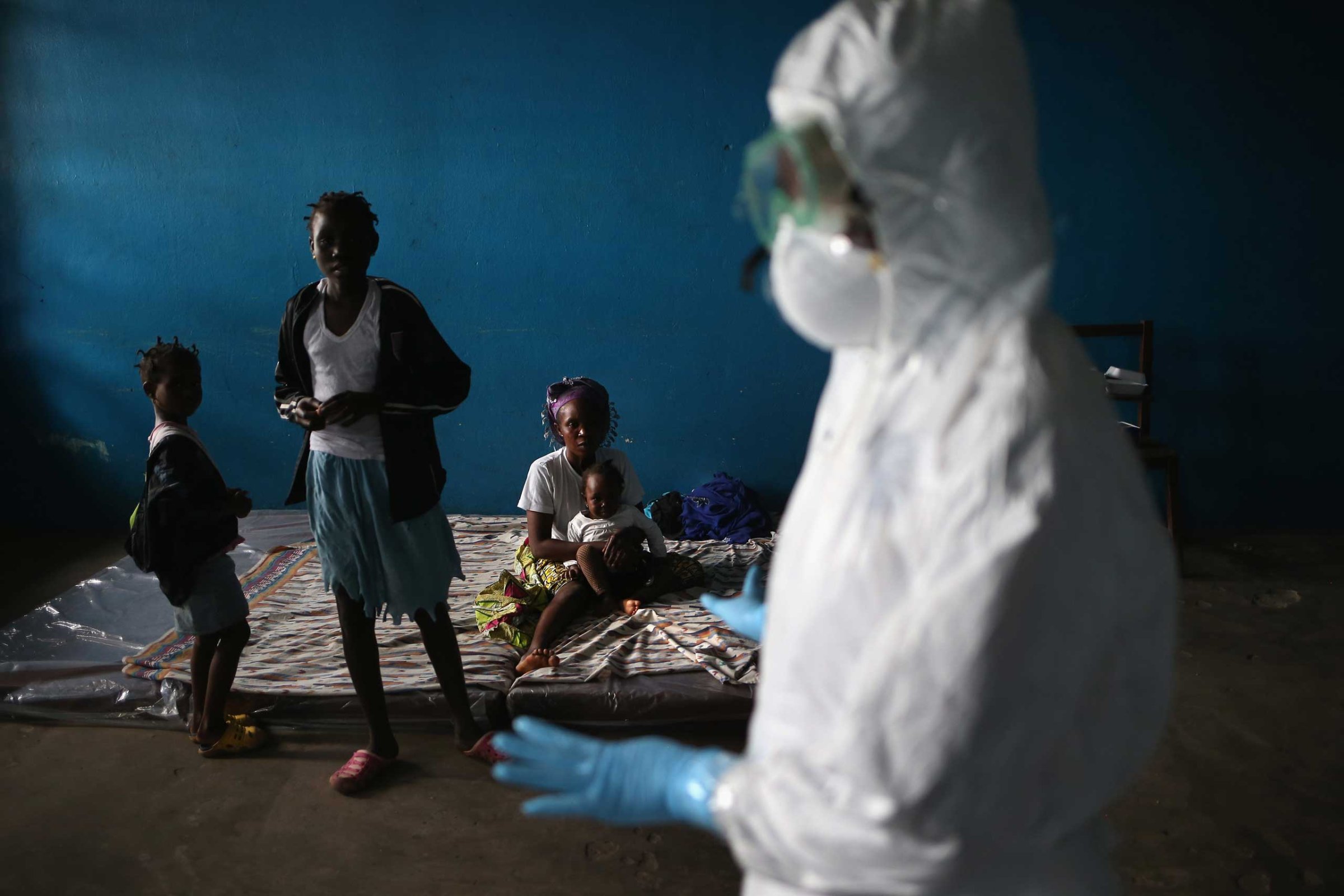
The World Health Organization reported on Aug. 19 that more than 1,200 people have died in the massive Ebola outbreak across West Africa, with Liberia, Guinea and Sierra Leone at the epicenter. The situation, officials say, is considered “out of control.”
John Moore, a photojournalist with Getty Images based in New York, is in Monrovia to document what has quickly become the deadliest Ebola outbreak on record. He speaks with TIME’s Andrew Katz about what he’s seen on the ground. This email interview has been lightly edited for clarity. (This gallery has been updated.)
LightBox: How did you end up covering this Ebola outbreak?
John Moore: I pitched the trip to my editors [at Getty] after I read [about] the Ebola situation in Monrovia, the Liberian capital, described as “catastrophic.” The idea that burial teams were driving around town collecting bodies from people’s homes seemed horrific. Also, most hospitals and clinics have closed, both because many untrained health workers were infected, and because the public is afraid to go to them. This means that sick people who don’t have Ebola are dying as well. It seemed an important story to cover. I got the green light, purchased all my protective clothing, and booked a flight.
LightBox: You’re coming into very close contact with people who are infected or have died from Ebola. How did you prepare for a trip like this? What kind of gear are you wearing around and how concerned are you about accidentally contracting the virus, even though it’s not airborne? And how did those preparations adapt after you arrived?
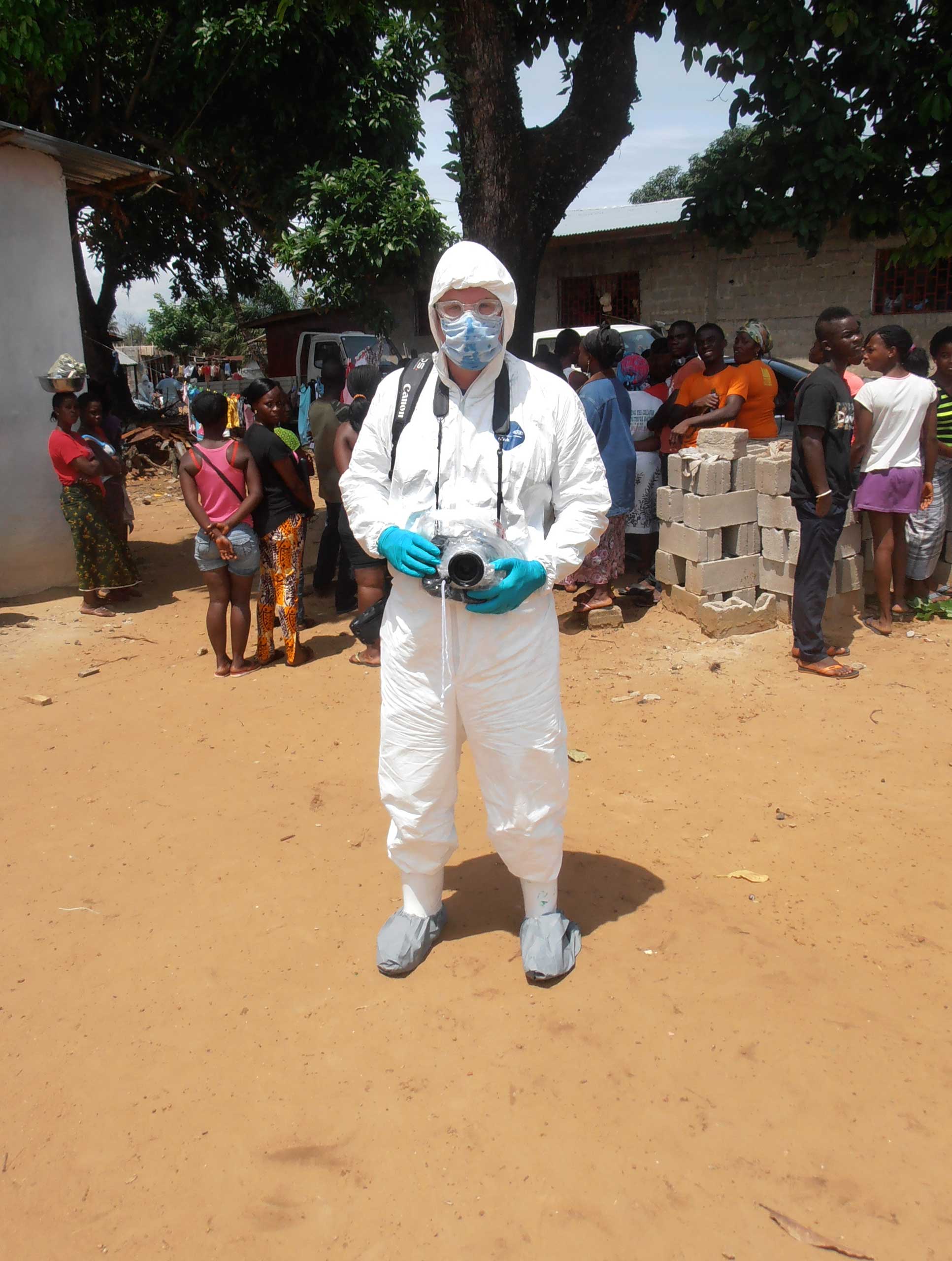
J.M.: When I have visited isolation wards or have accompanied burial teams into homes where they collect bodies, I have been wearing protective clothing known as personal protective equipment, or PPE. I brought 24 sets of coveralls, masks and boot covers, a half dozen goggles, some rubber boots and about 400 rubber gloves. I also brought various types of hand sanitizer and wipes. When I go into obviously infected areas, I do so with health workers wearing the same outfits. We all dress together and afterward undress, with each piece coming off in a specific order and someone spraying me with disinfectant at each step. It’s tedious and time-consuming, but that’s the way it works. It’s important for people to remember that this is not an airborne virus, but is rather transmitted through bodily fluids, so the protective protocols are not a mystery. As a photographer, I am not coming into contact with bodily fluids, but I take those precautions, of course, anyway.
LightBox: Why did you choose the West Point area?
J.M.: I have been shooting in the West Point slum for a few days because that’s where I found the temporary isolation center, which was set up in a closed primary school originally built by USAID. I was able to gain access to that center, whereas the other larger facilities are more difficult to get into. West Point is extremely poor. People are living in extremely close quarters and conditions are so unsanitary; it’s a place where Ebola could really explode. I met a recognized and respected community organizer who has helped me operate in the area, with a level of safety I’ve felt comfortable with. I have also worked in other areas around Monrovia and in the countryside, and plan to do more of that during my trip.
LightBox: Is there routine to your work or is every day different?
J.M.: Every day is different. A couple days ago, I covered a mob scene. [On Sunday] I photographed at Doctors Without Borders’ new treatment center and then went out with a burial team when they collected a body from a home in a nearby village. Today [Monday], I’ll be going out with a Unicef team as they canvas door-to-door, educating people on ways they can keep from getting sick.
LightBox: You’re getting into homes, following health care workers and moving around—at least it seems—quite freely. The result, for us, has been among the most intimate photographs yet of this outbreak. Who is facilitating your access?
J.M.: I employ a fixer/driver from Monrovia, who has worked with journalists in the past, so he has a general idea of what I am interested in and contacts to find out what’s happening. In the case of West Point, I also worked with the community organizer. He knows, for instance, who is sick in the neighborhood, where deceased people are—and people trust him. He brought along a big friend, who accompanied us at certain points, to deter any potential threats.
LightBox: What is the general sense in the Liberian capital? Is there any normalcy or has fear permeated into all (or certain) facets of life?
J.M.: There is not a sense of panic here, which may be hard to believe from the outside. Although word has gotten out about ways to stay protected, there are a lot of people in denial about the epidemic. Many, especially in the slums, believe it is a hoax cooked up by the government in order to bring in international funds. In other words, a lot of people think it’s a conspiracy, and that patients are dying from common diseases here—like malaria. These attitudes are vexing, but are the result of years of corruption and the distrust that comes from that. That’s why proactive canvasing and education in these areas by both international and local NGOs is so important.
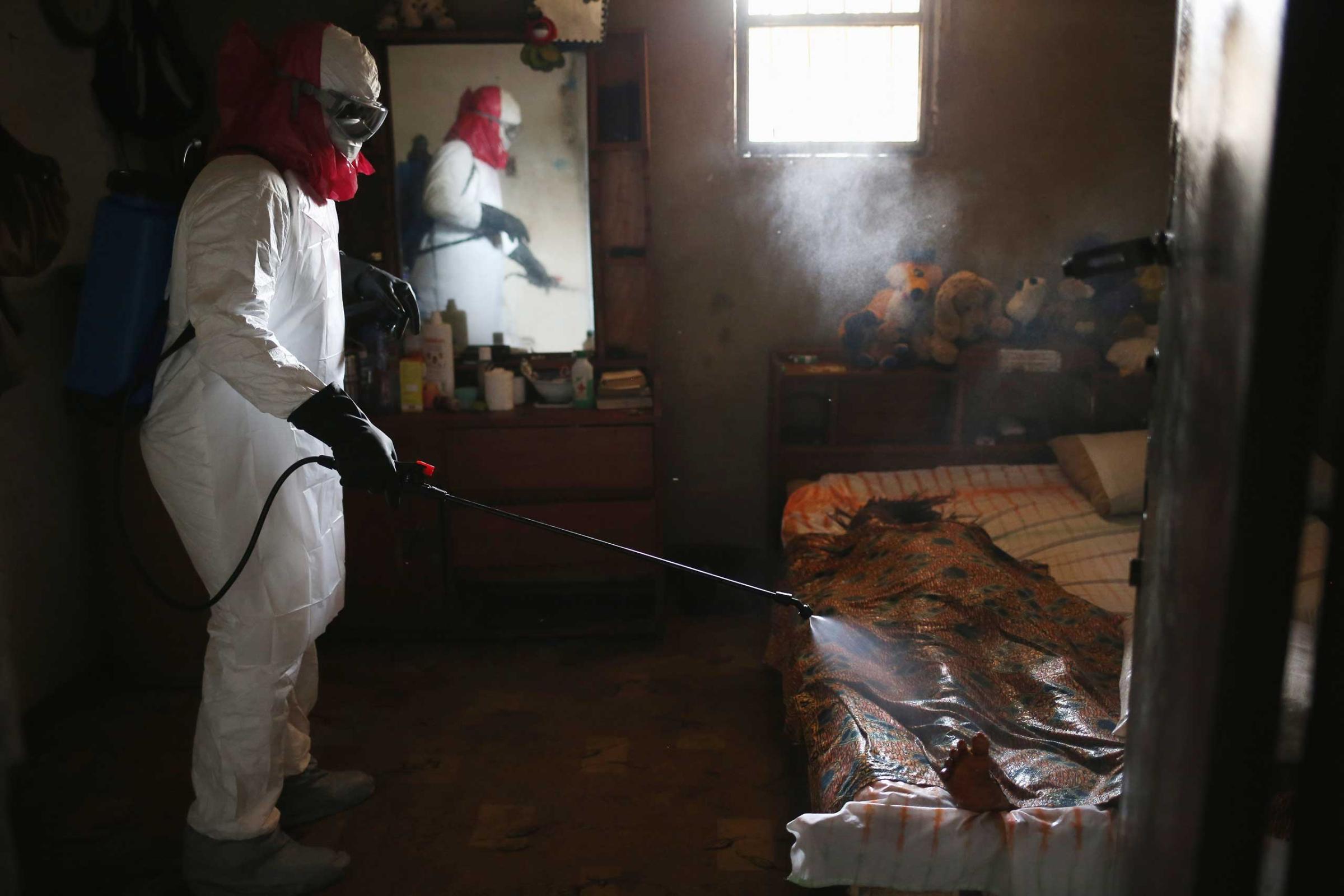
LightBox: You shot a powerful photograph of burial workers entering the home of a woman who died to spray her body with disinfectant before being removed. You photographed her family members as well. What can you recall from that scene?
J.M.: A local journalist gave me the number of a burial team leader, whom I called. He told me they had just arrived to a location to retrieve the body of a woman who died of Ebola. [Bodies are usually tested and lab results checked before the team is dispatched]. I arrived, asked if I could suit up with them to go inside and they said yes. I spoke with some of the family members and told them how sorry I was and asked if I could take some photos to show the outside world what’s happening in Liberia, and they were fine with that. Some of the neighbors didn’t want their pictures taken and, of course, I respected that. We went inside the house where I stood in the hall and photographed as they sprayed the body with disinfectant, then put it in a bag and brought it out. I didn’t touch anything, other than the floor with high rubber boots on loan to me from my father-in-law. Afterwards, we each took a turn taking every piece of protective clothing off, all the while being sprayed with disinfectant.
LightBox: Can you talk about the holding center that was ransacked by a mob on Saturday? Health officials were also concerned that people suffering from Ebola had escaped that facility, which could mean the virus will spread.
J.M.: A burial team had come to remove four bodies from different houses in the neighborhood. The families of the deceased did not believe Ebola was to blame, as the bodies had not yet been tested. They rallied the neighborhood to drive out the burial team and its police escort. It was a demonstration that turned into a mob and the police had to fire warning shots into the air as they escaped the crowd, which was chanting “No Ebola in West Point.” The mob then moved down the street to the holding/isolation center and forced open the gates to the compound. The terrified patients inside watched from the front door as the crowd entered and told them to come out and join them, that they didn’t have Ebola at all and that the epidemic was not real. One from the crowd grabbed a girl from the front door and carried her out, and the rest of the family then followed. It was a horrific scene. I left shortly thereafter, as I felt it was time. I should stress that I was never physically threatened or harmed in any way. Later on, the mob reportedly looted the facility, including the soiled mattresses and medical equipment. If they didn’t have an Ebola epidemic in their community then, they most certainly do now.
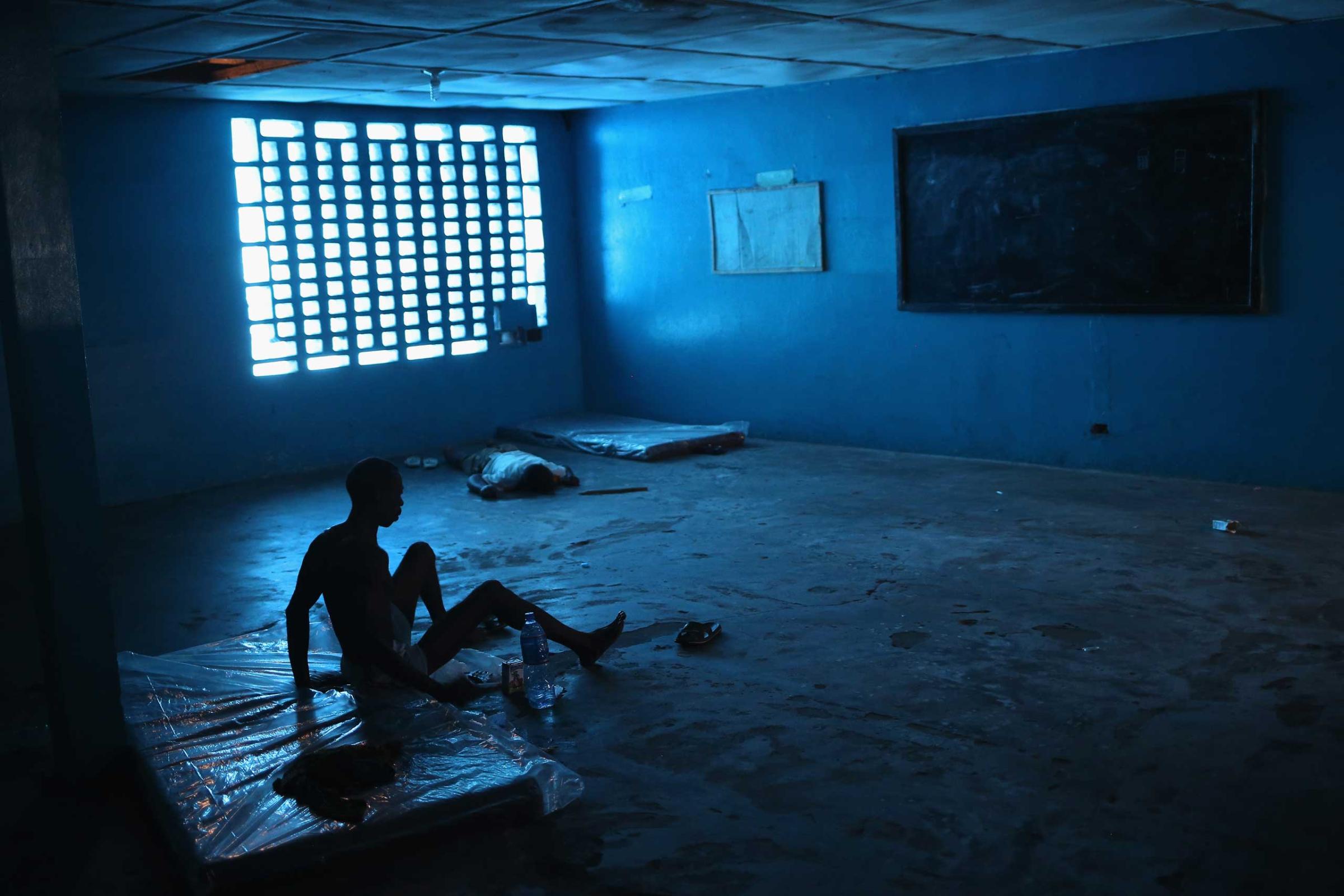
LightBox: The content within your photos is already compelling, but the images shot in a blue room are particularly eye-grabbing. Can you explain what happened there—what did you see?
J.M.: Numerous people died in that classroom, one of them while I was there. Initially, people with symptoms and those without were confined together, but were later separated into different rooms. Several of the sick “escaped” the night before the mob overran it, as they were not receiving any medication, like aspirin, to help with their symptoms. Of those who left, two died in the community the next day. I am not sure where the additional patients are now, as some of them reportedly had been brought from other neighborhoods and would have gone home there. [At least 17 patients have since been found and transferred to a treatment center.]
LightBox: How are you finding the health care workers? Some three dozen have reportedly died in Liberia. Do you see proper precautions being taken?
J.M.: I have only worked with health care workers following careful procedures. Since most of the clinics and hospitals remain closed, many health care workers are not working now. Clearly they all need to be both trained and equipped with proper safety clothing before they come back to work. That’s a big task and time is not on anyone’s side here.
LightBox: Did you have any preconceived notions about this trip that either turned out to be false or skewed? Or has it been quite as you expected?
J.M.: I expected that there would be more panic than there is. And although this epidemic is extremely dangerous, it is killing fewer people than other diseases endemic to this region. The terrifying part is the mortality rate. Chances are, if you contract Ebola, you die – the death rate varies from 55-90 percent. I have worked in many risky places over my career and I always take precautions for my safety. Naturally, my family, friends, colleagues and editors all worry about my wellbeing, but that’s the case whether I am here or some of the other places I have worked this year –Venezuela, Ukraine, Iran – and the Mexican border in my home state of Texas.
LightBox: Is there something that the media is missing or overhyping about this story, in your opinion?
J.M.: An inherent problem with an epidemic is that if it not hyped by aid organizations, then it’s almost guaranteed to become a disaster. If it is hyped, then maybe it doesn’t kill as many people and some would think that the threat maybe wasn’t that real after all. I’d choose the latter.
LightBox: How do you envision your return to New York?
[I’m going to] miss a friend’s wedding a week after my return. I plan on coming back healthy, and people not showing symptoms cannot infect others, but what could be scarier at a wedding reception than a guest who recently hung out in an Ebola isolation ward?
John Moore is a staff photographer with Getty Images.
Andrew Katz is a homepage editor at TIME and reporter covering international affairs. Follow him on Twitter @katz.
Mikko Takkunen, who edited this photo essay, is an Associate Photo Editor at TIME.com.
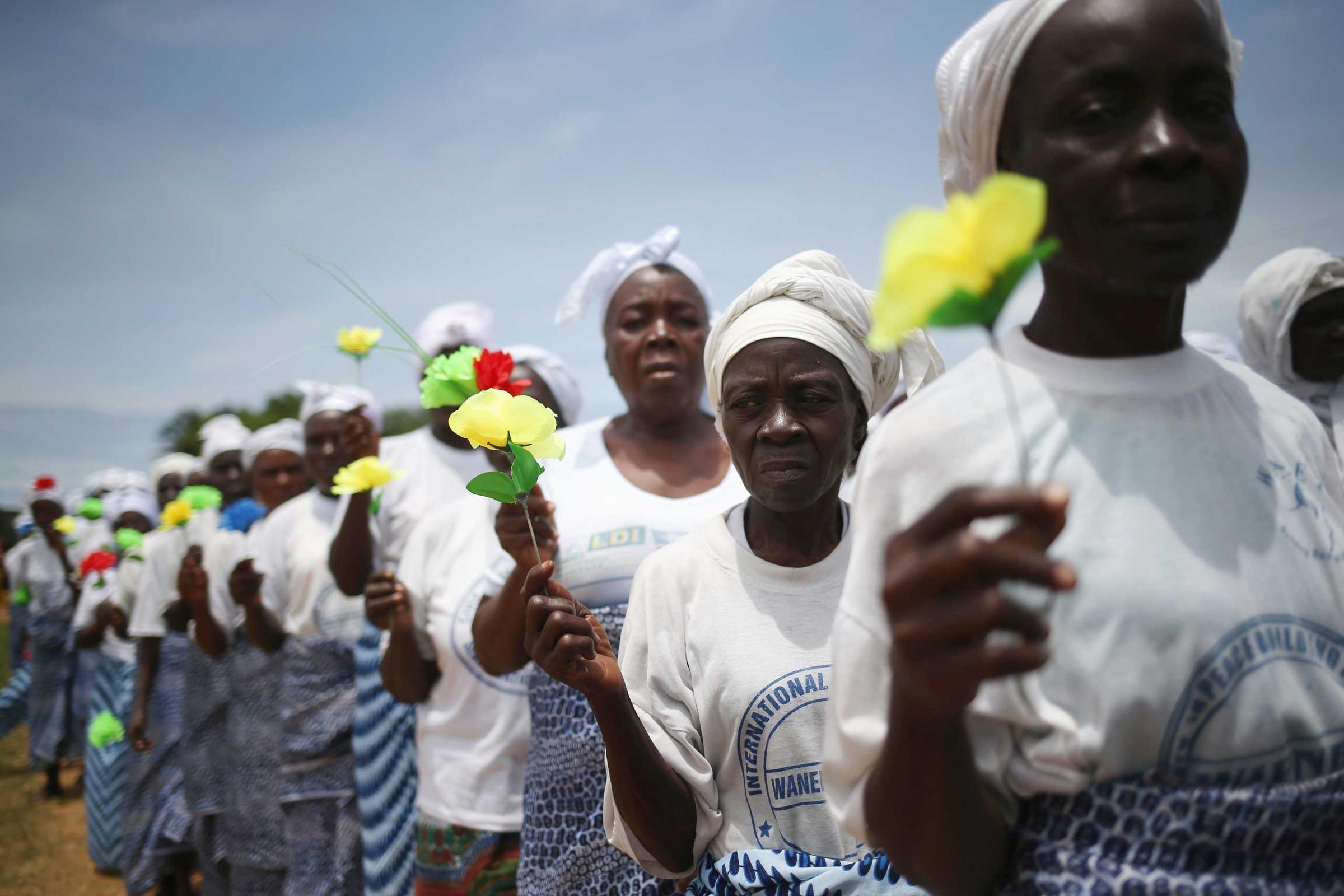
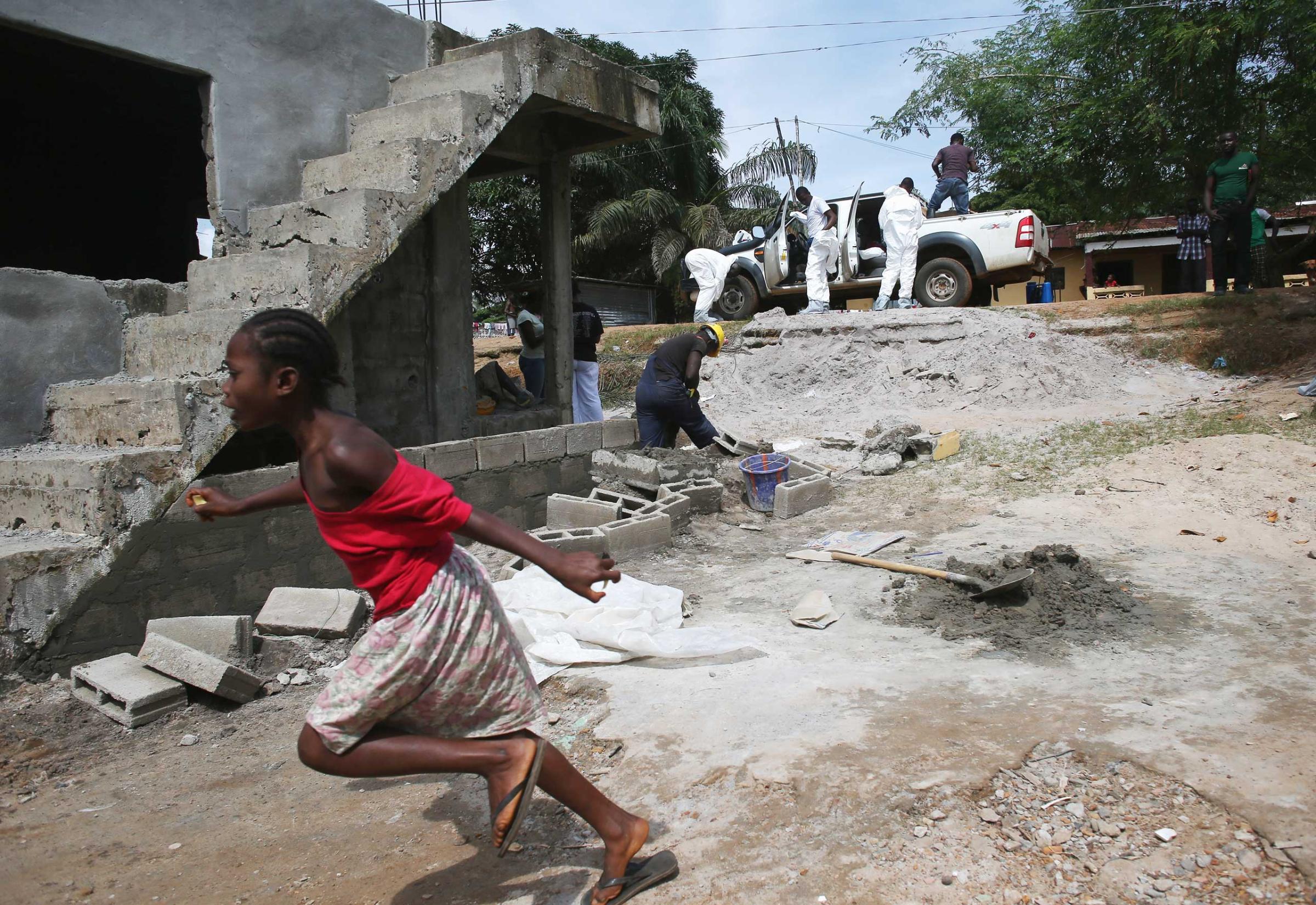
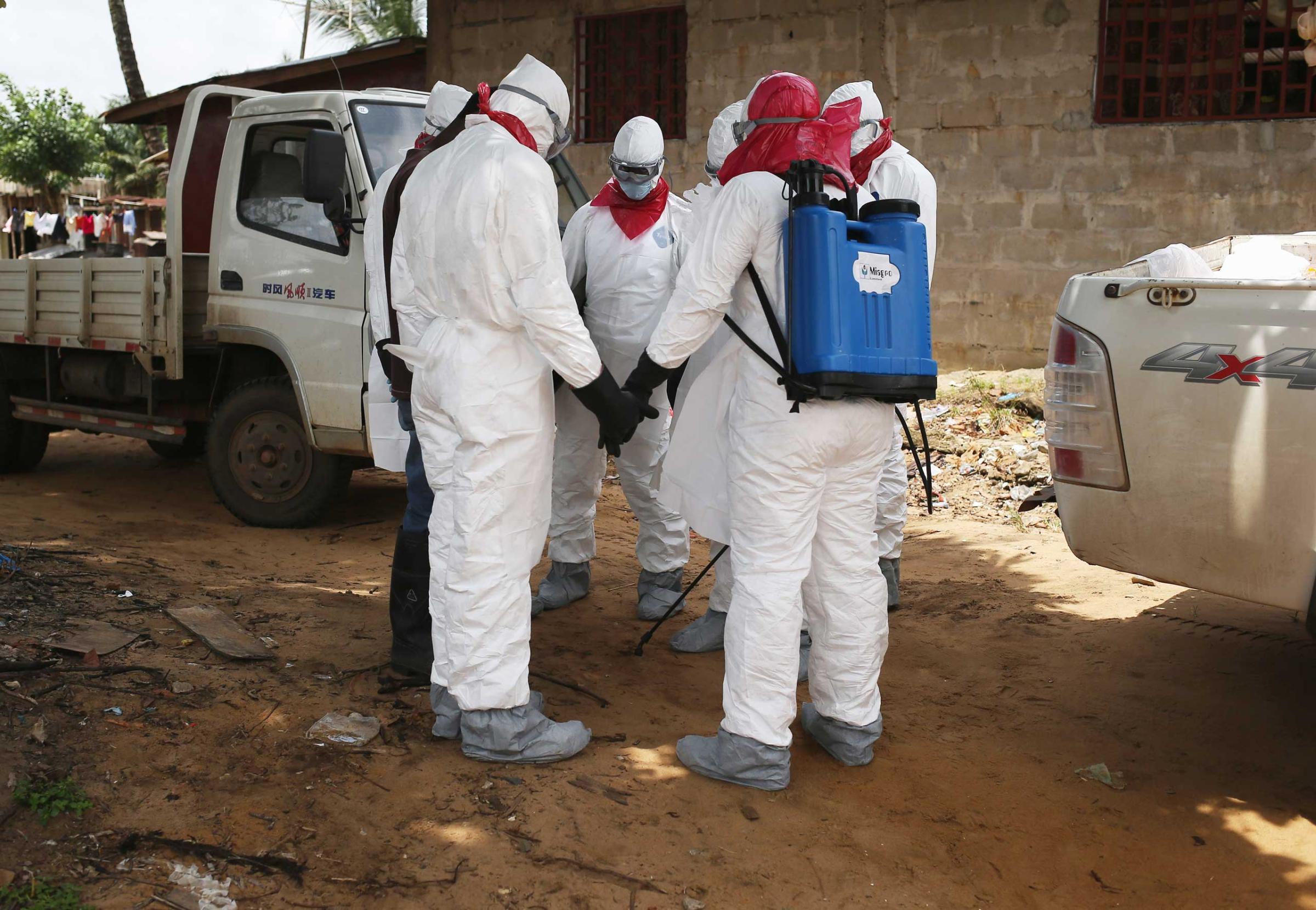
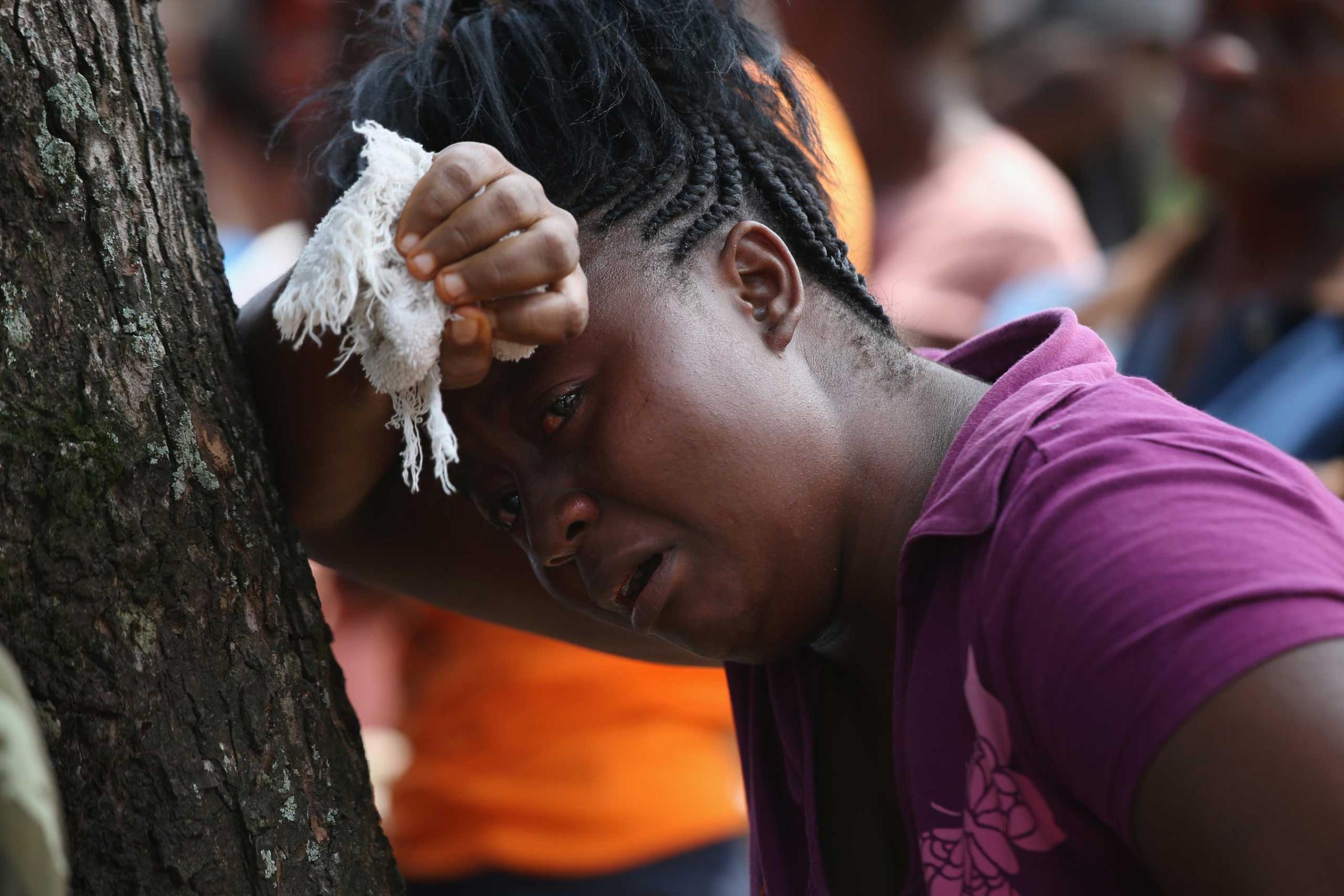

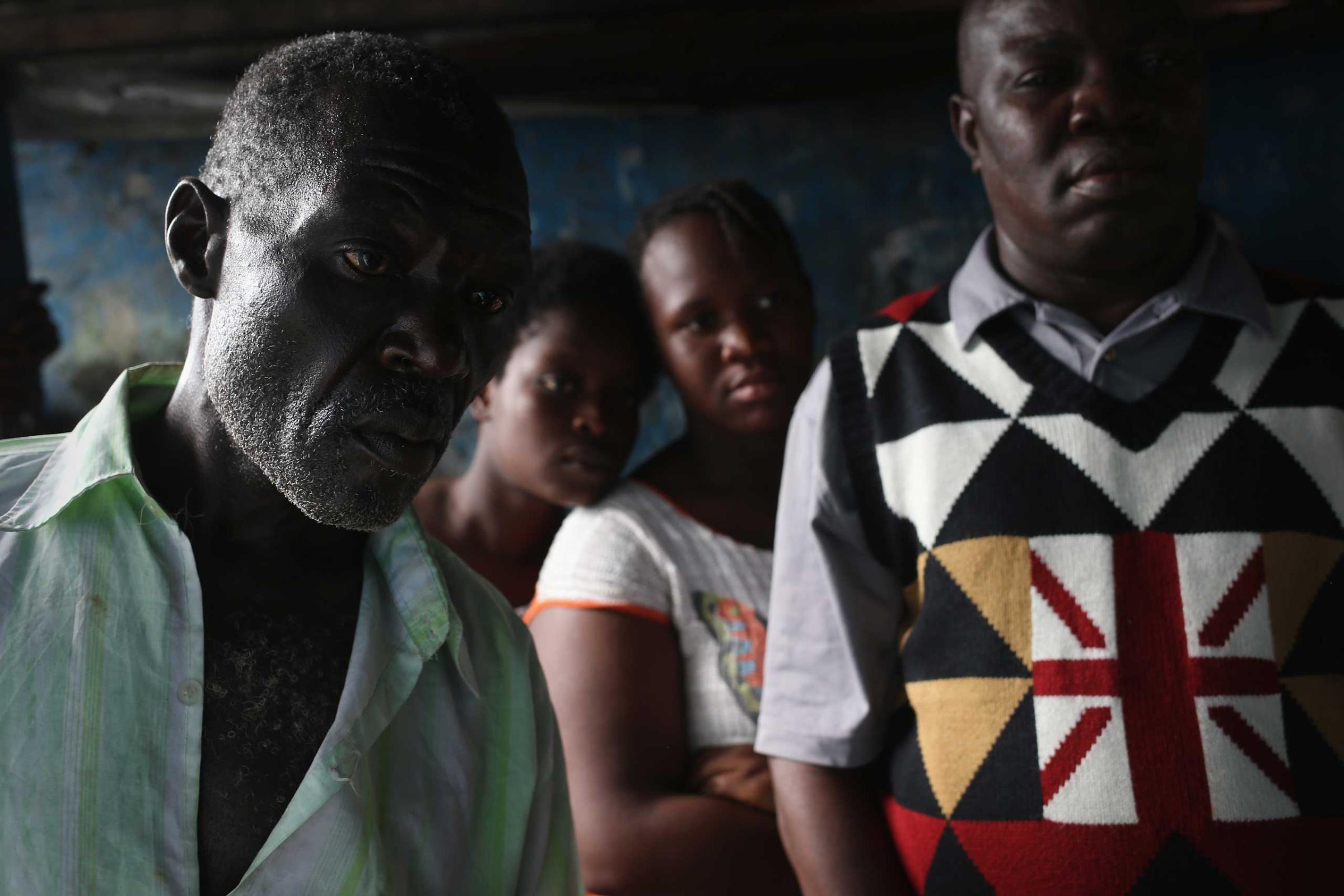
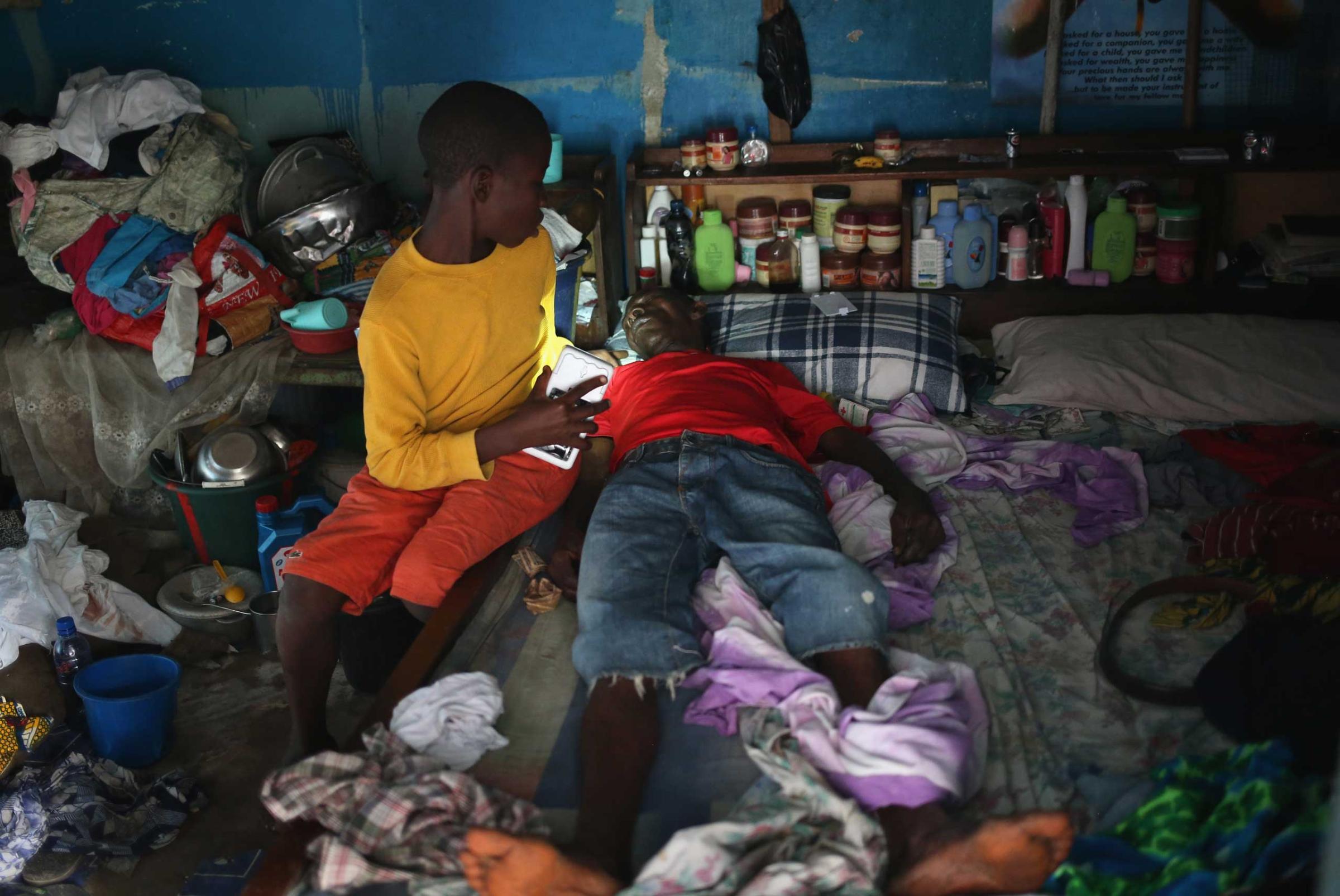
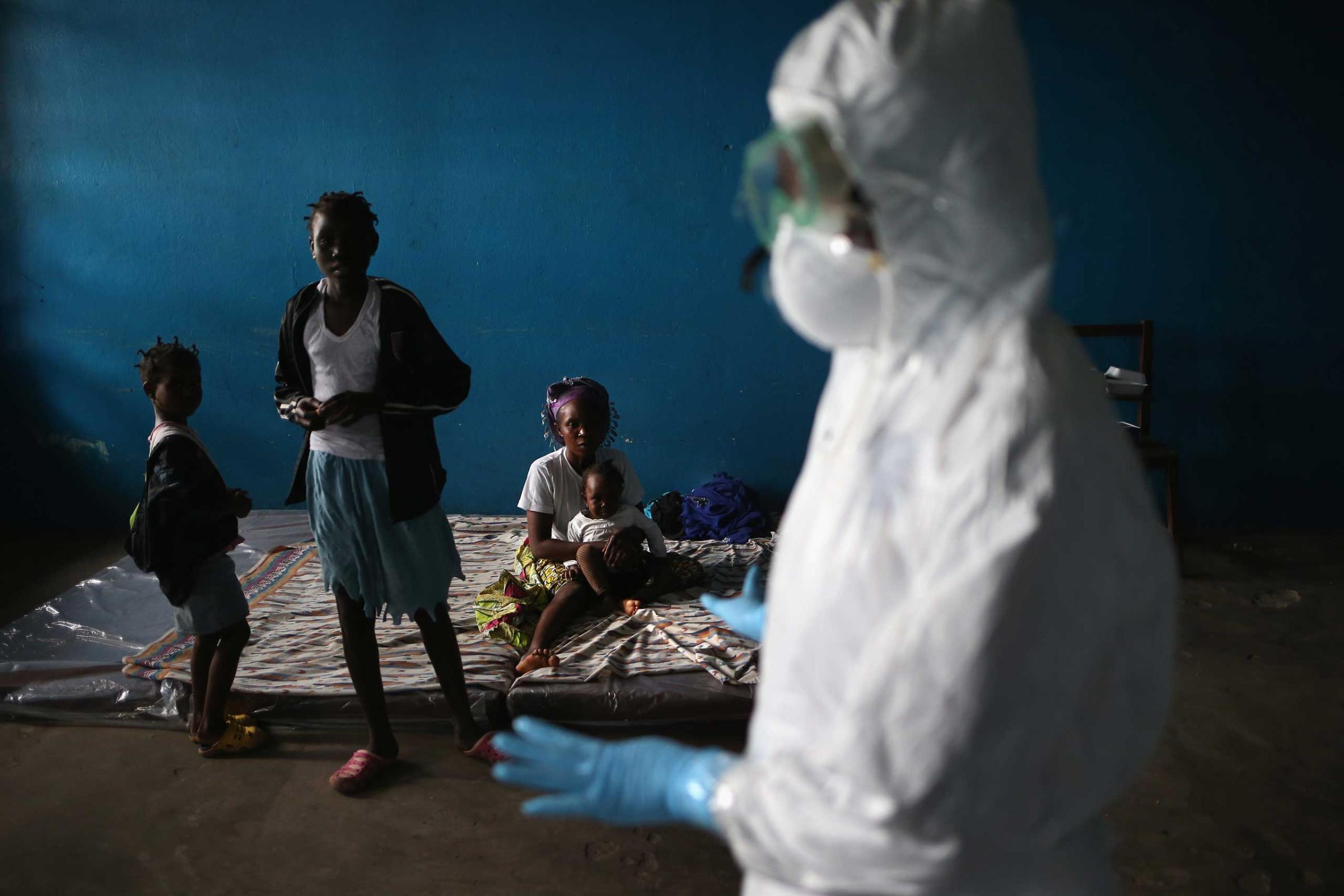

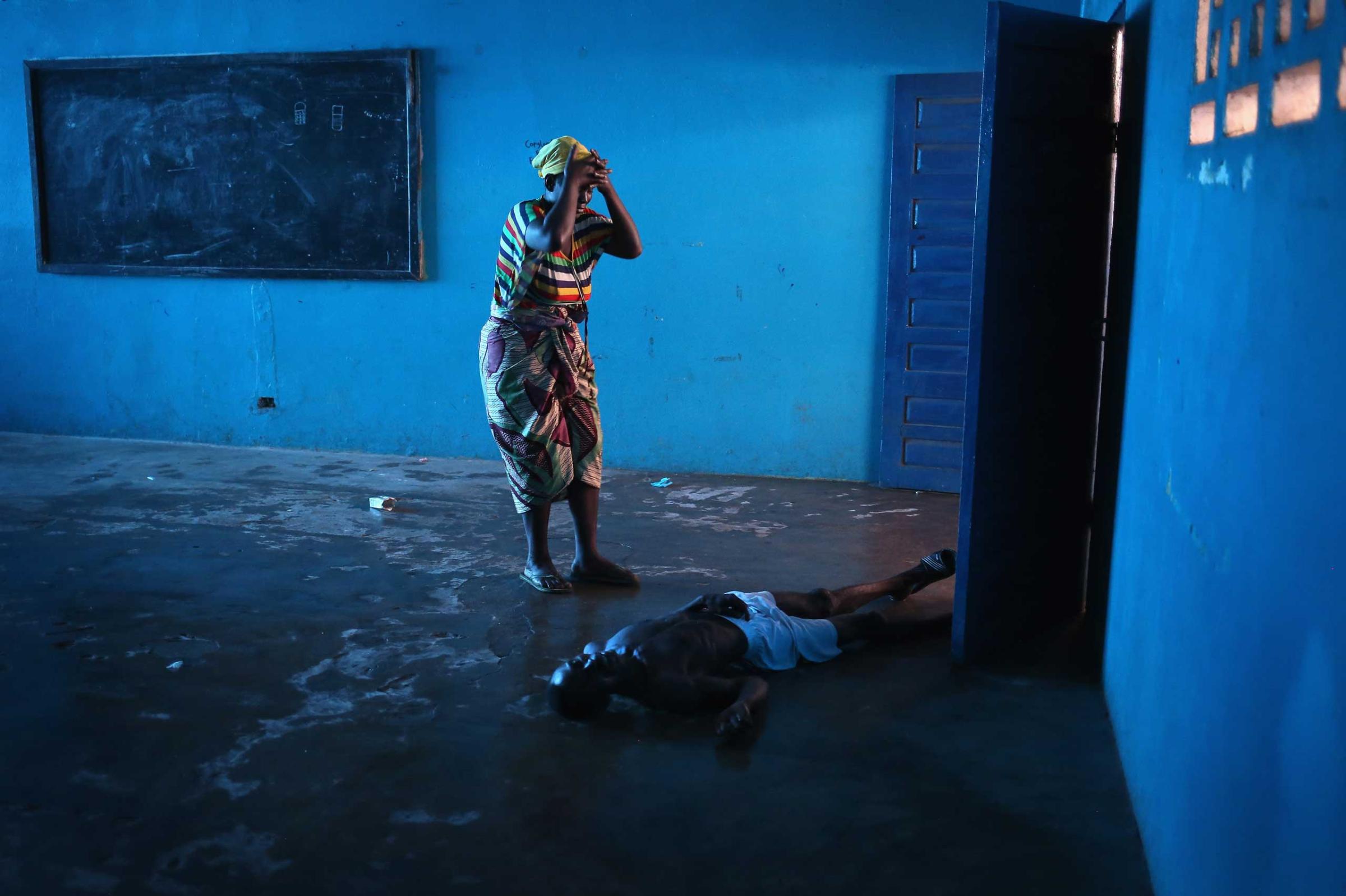
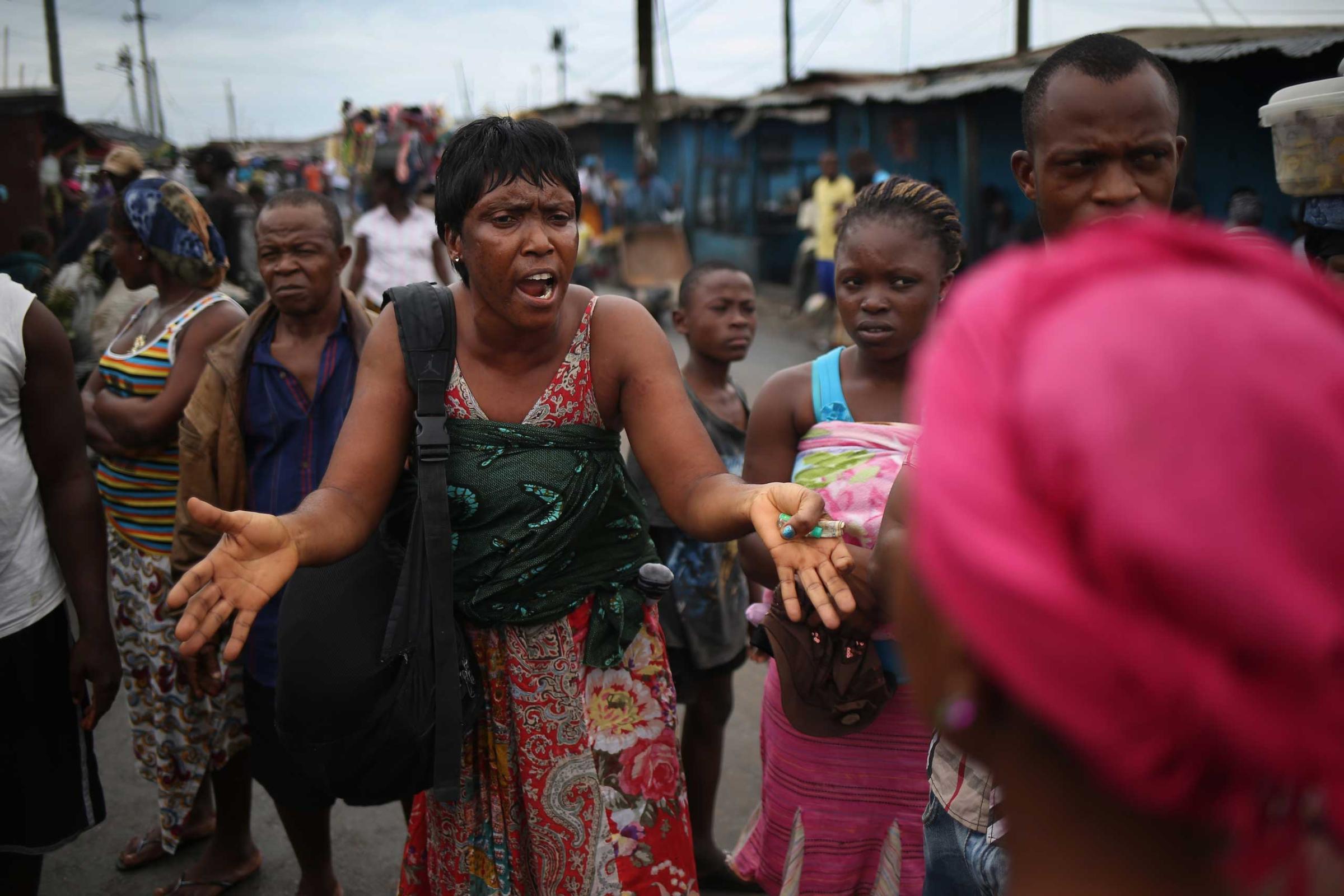
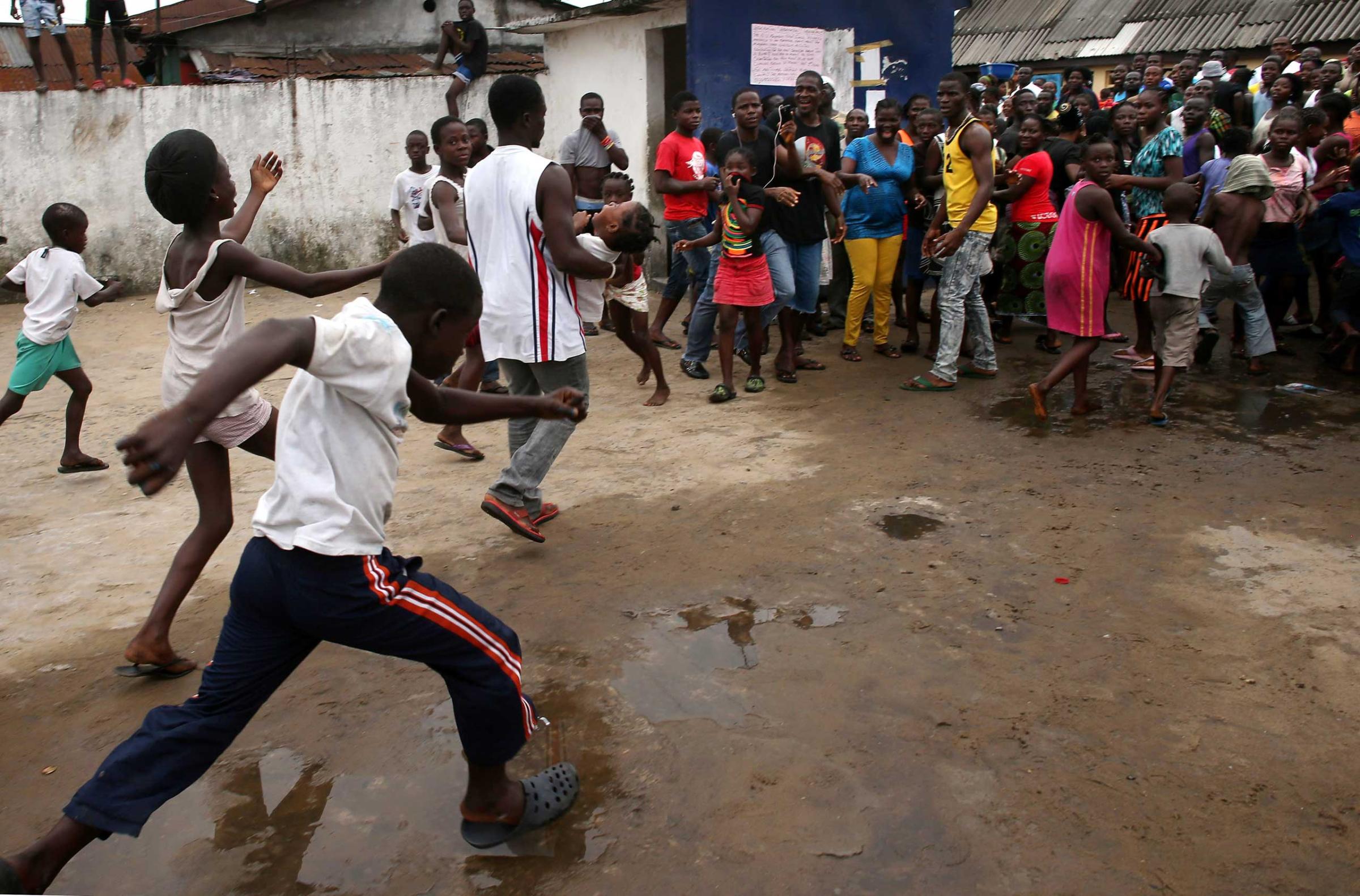
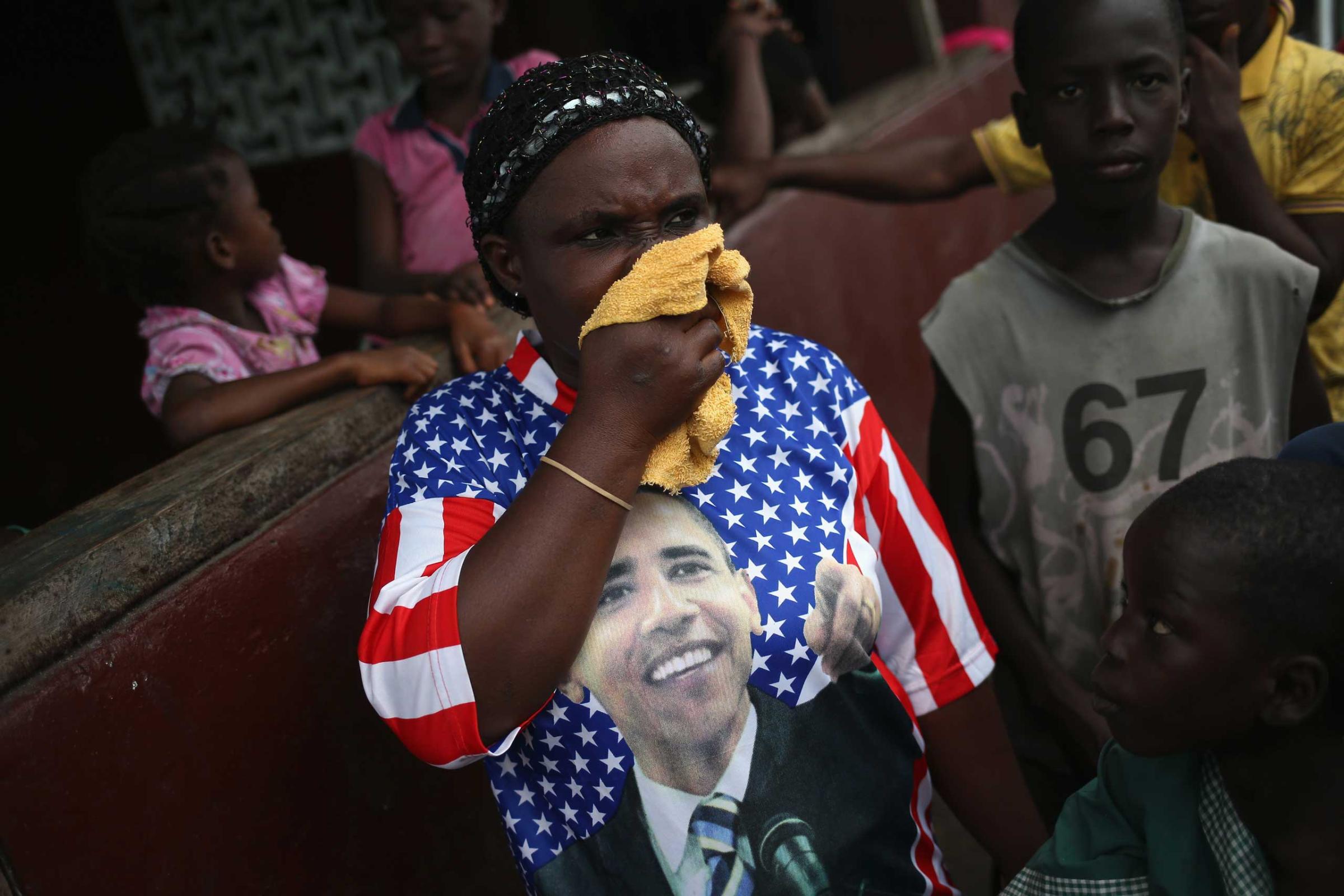
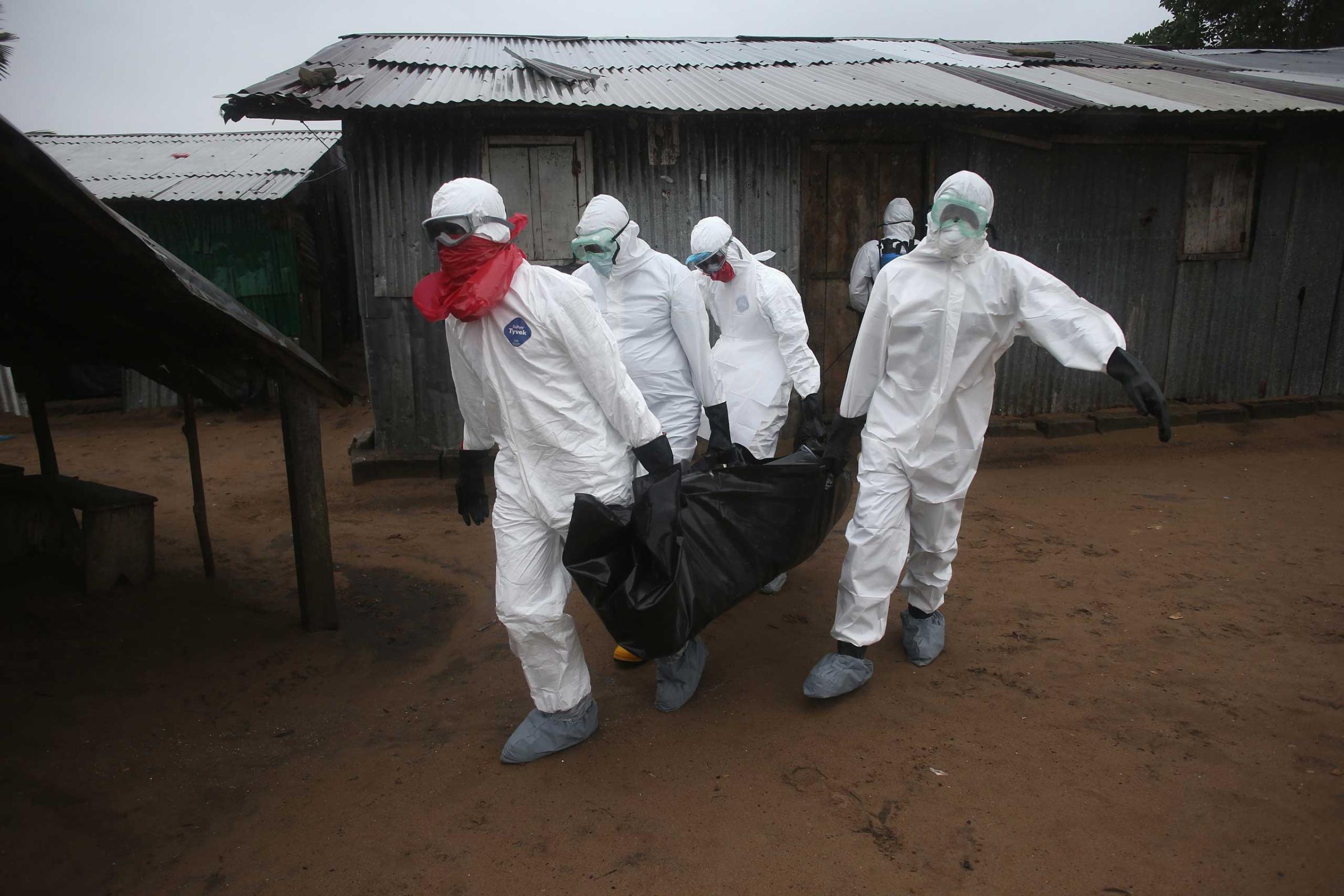
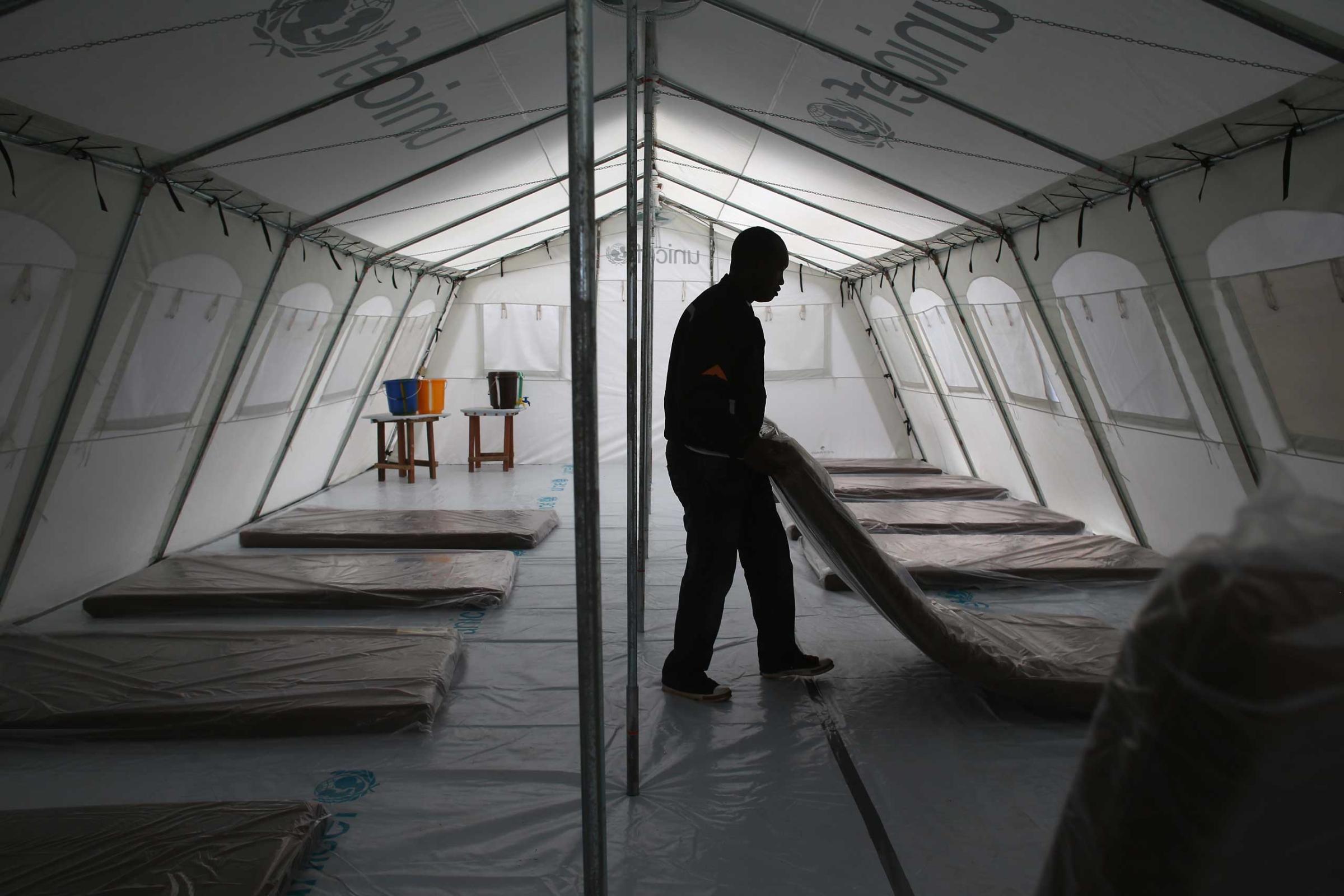
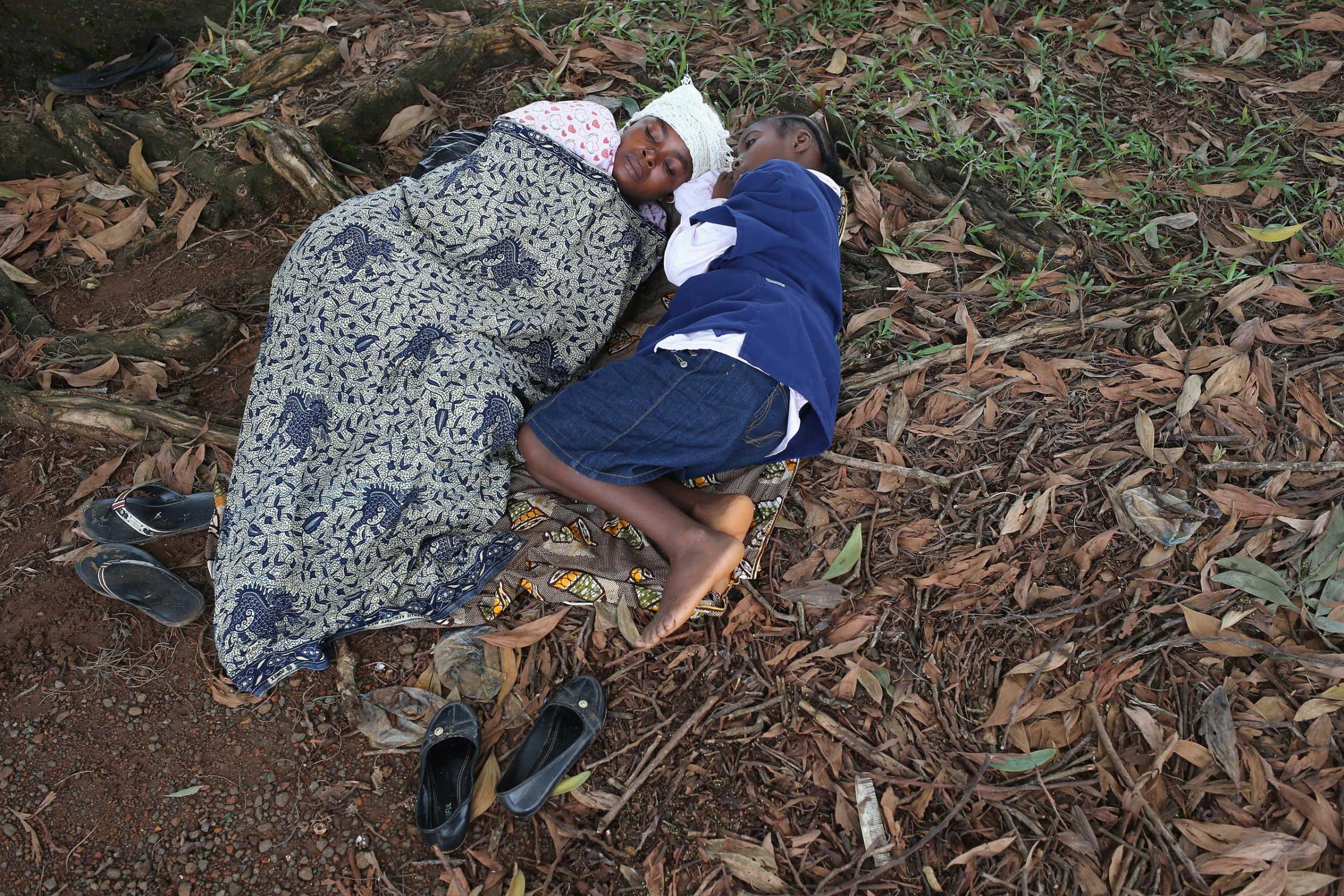
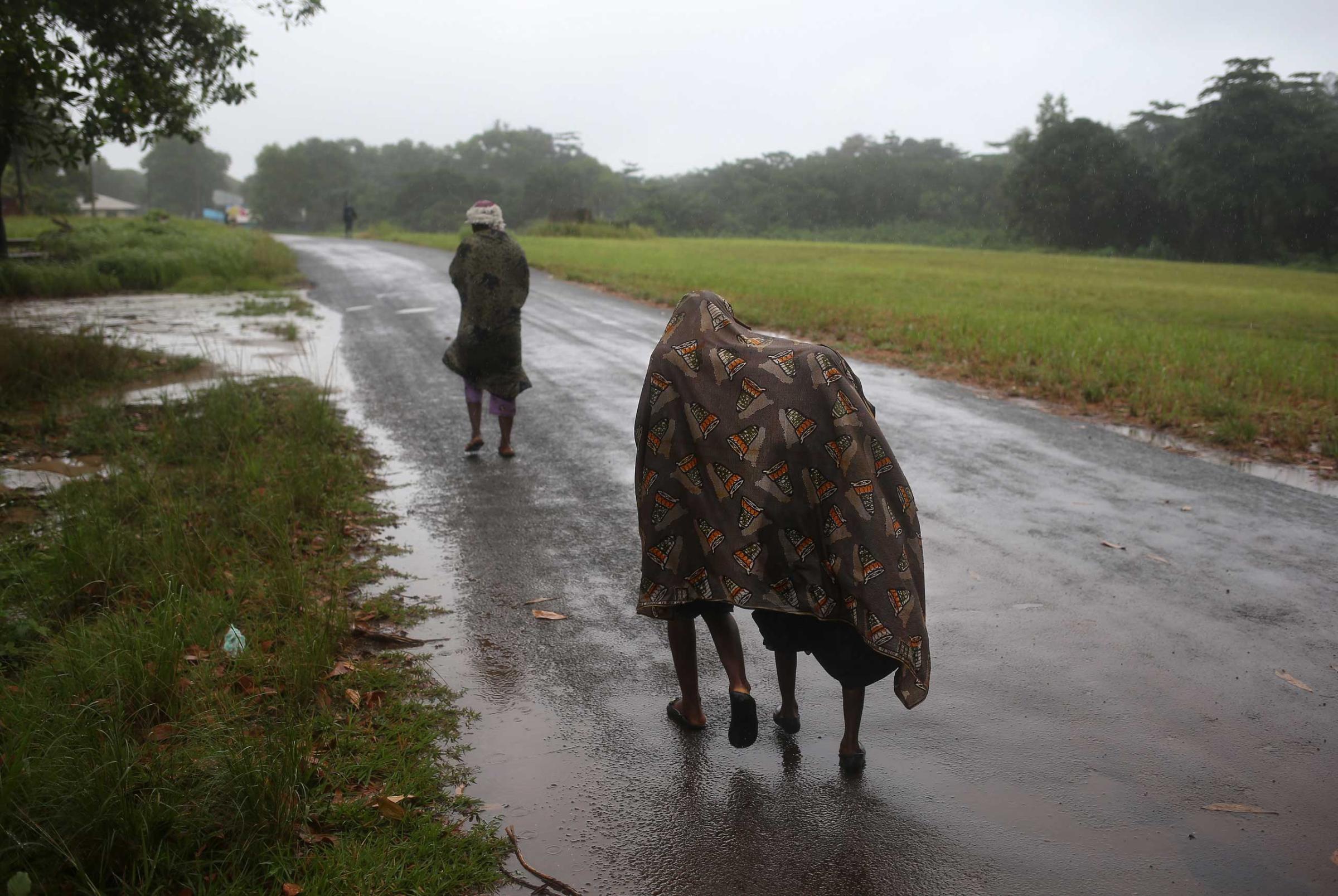
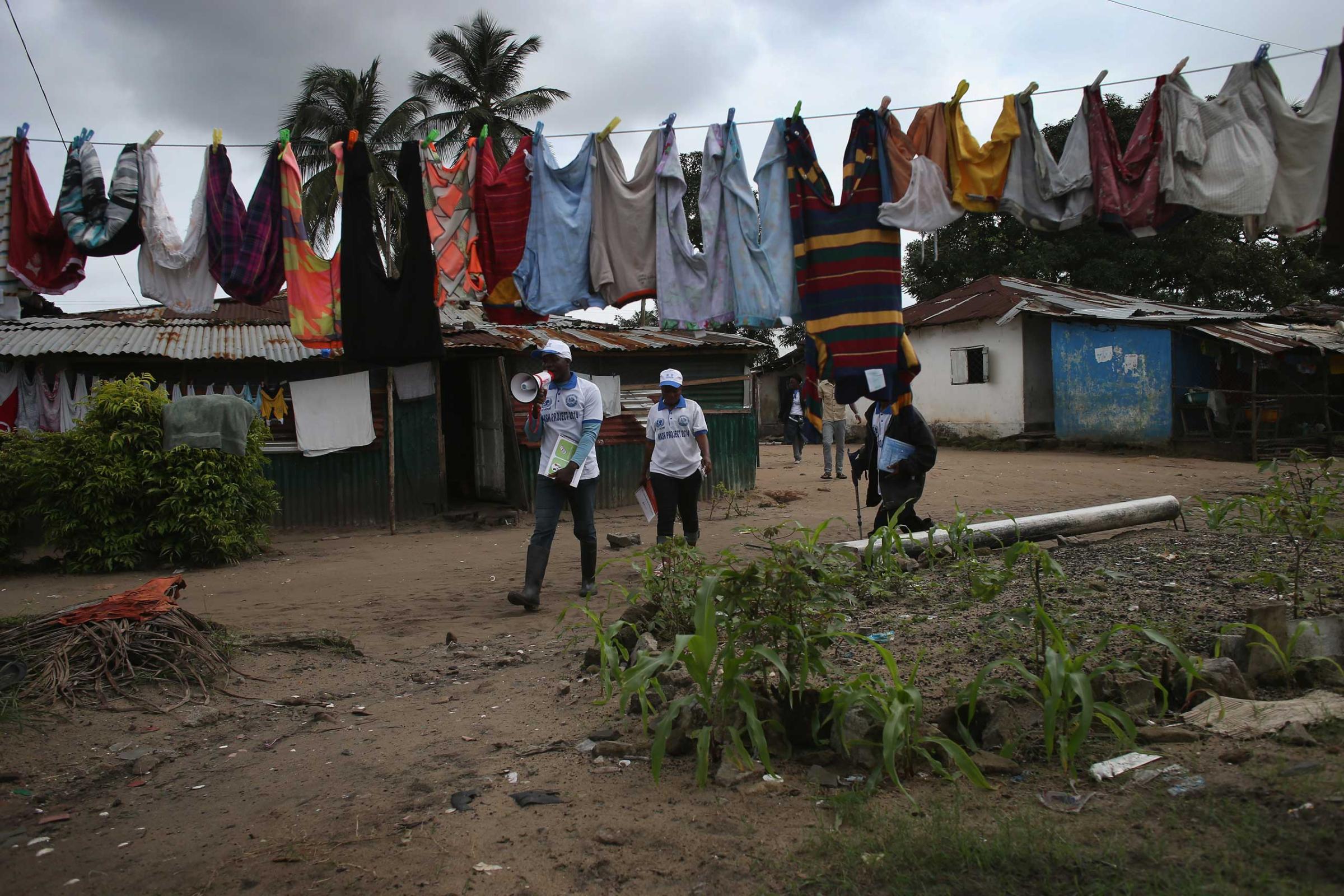
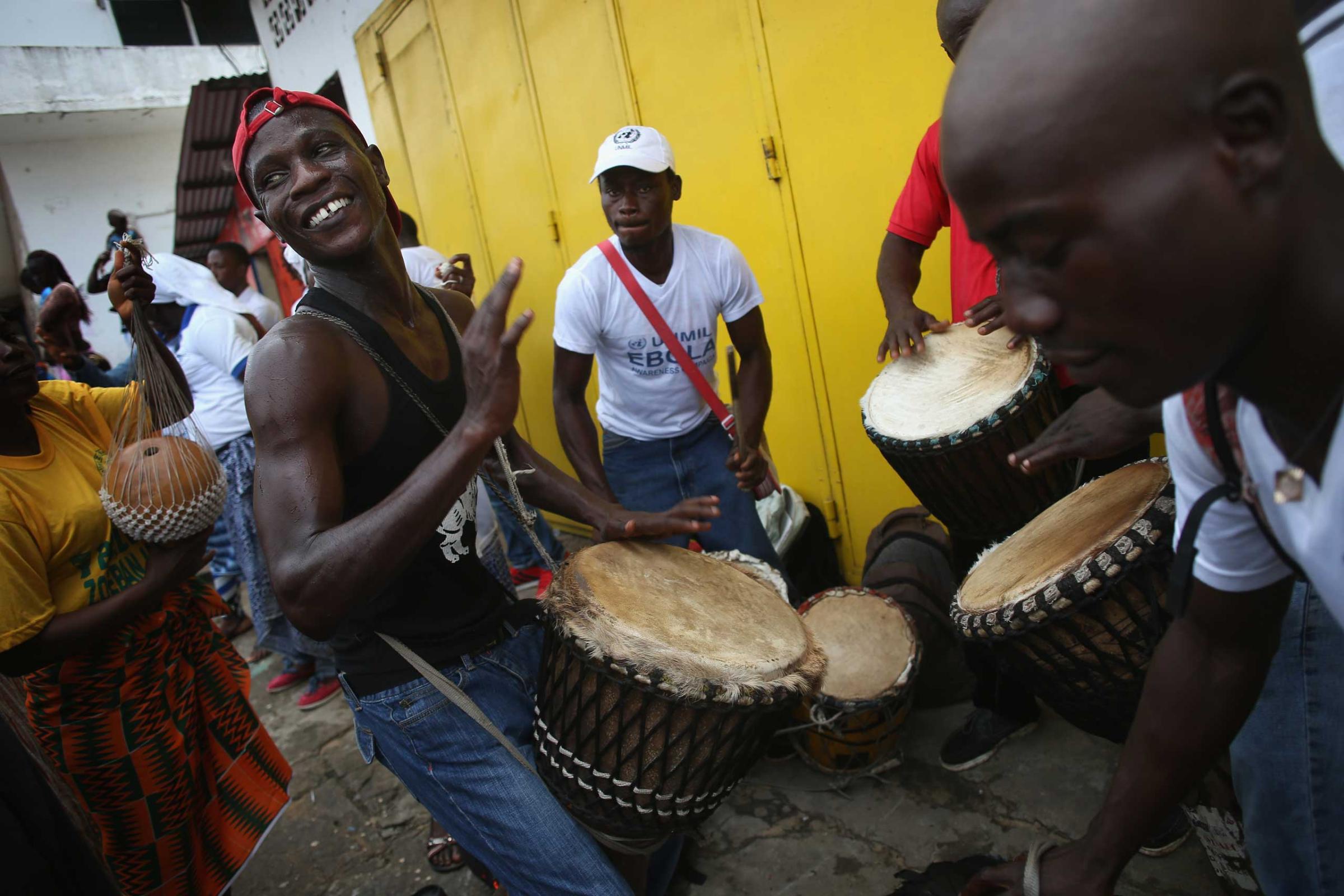
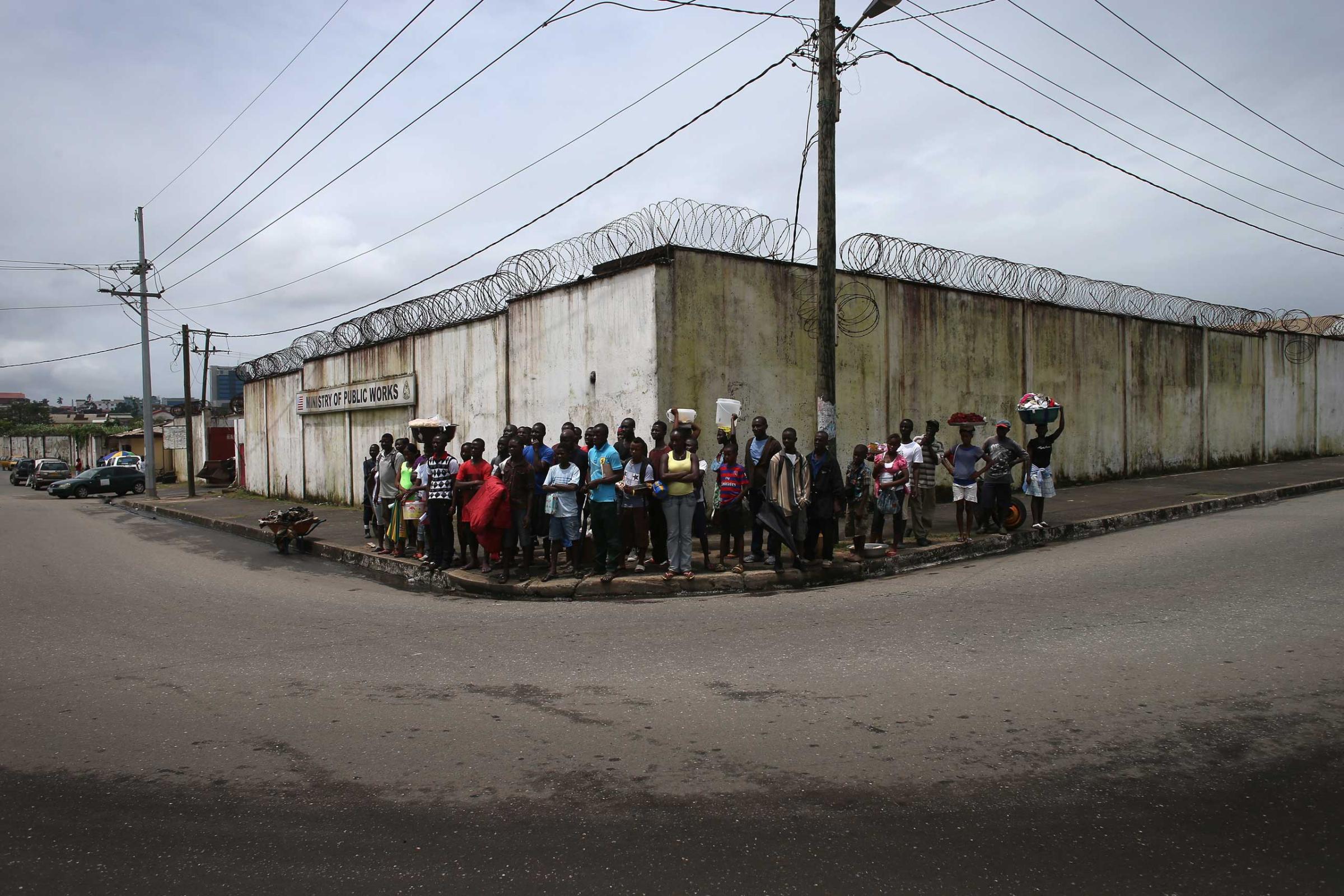
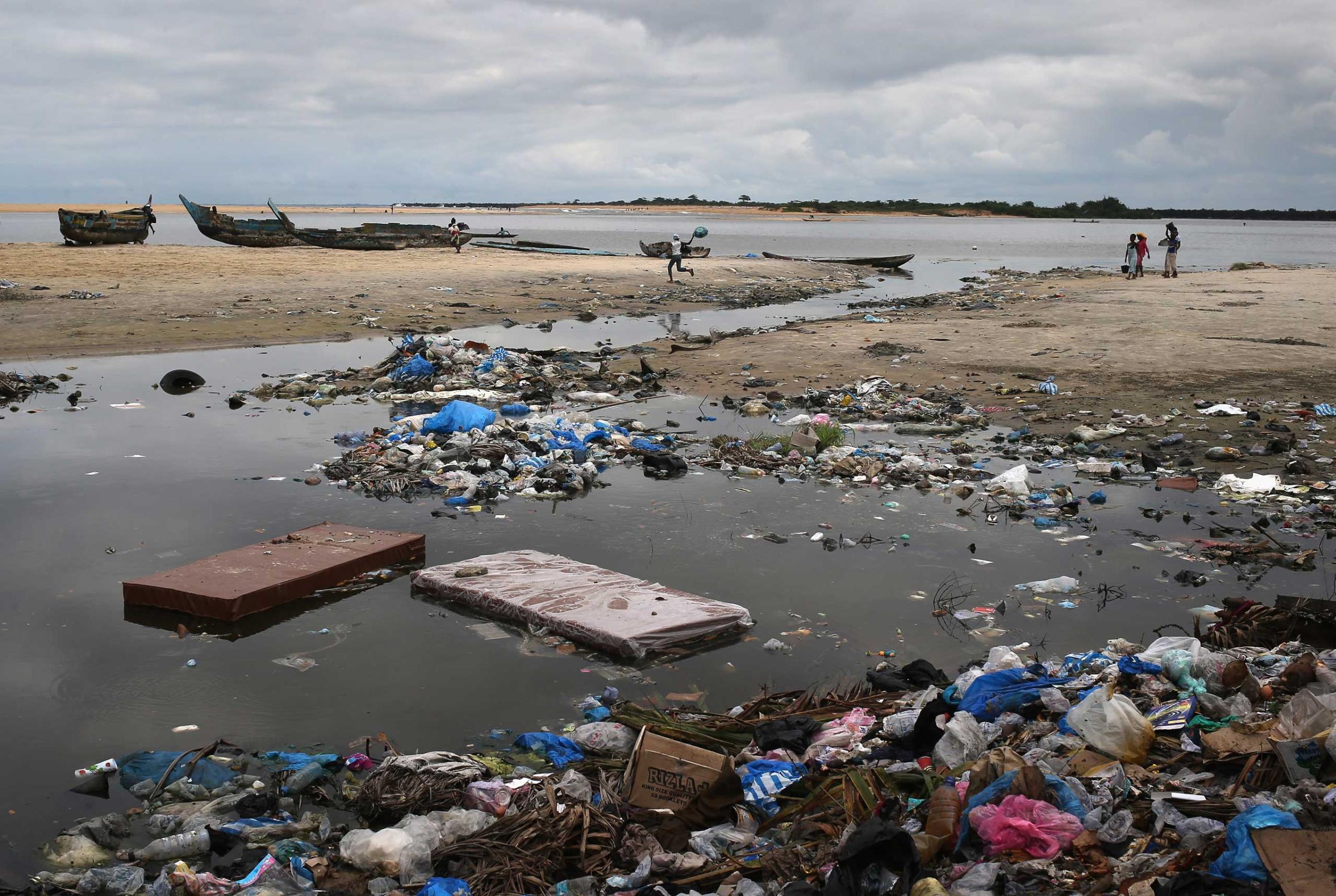
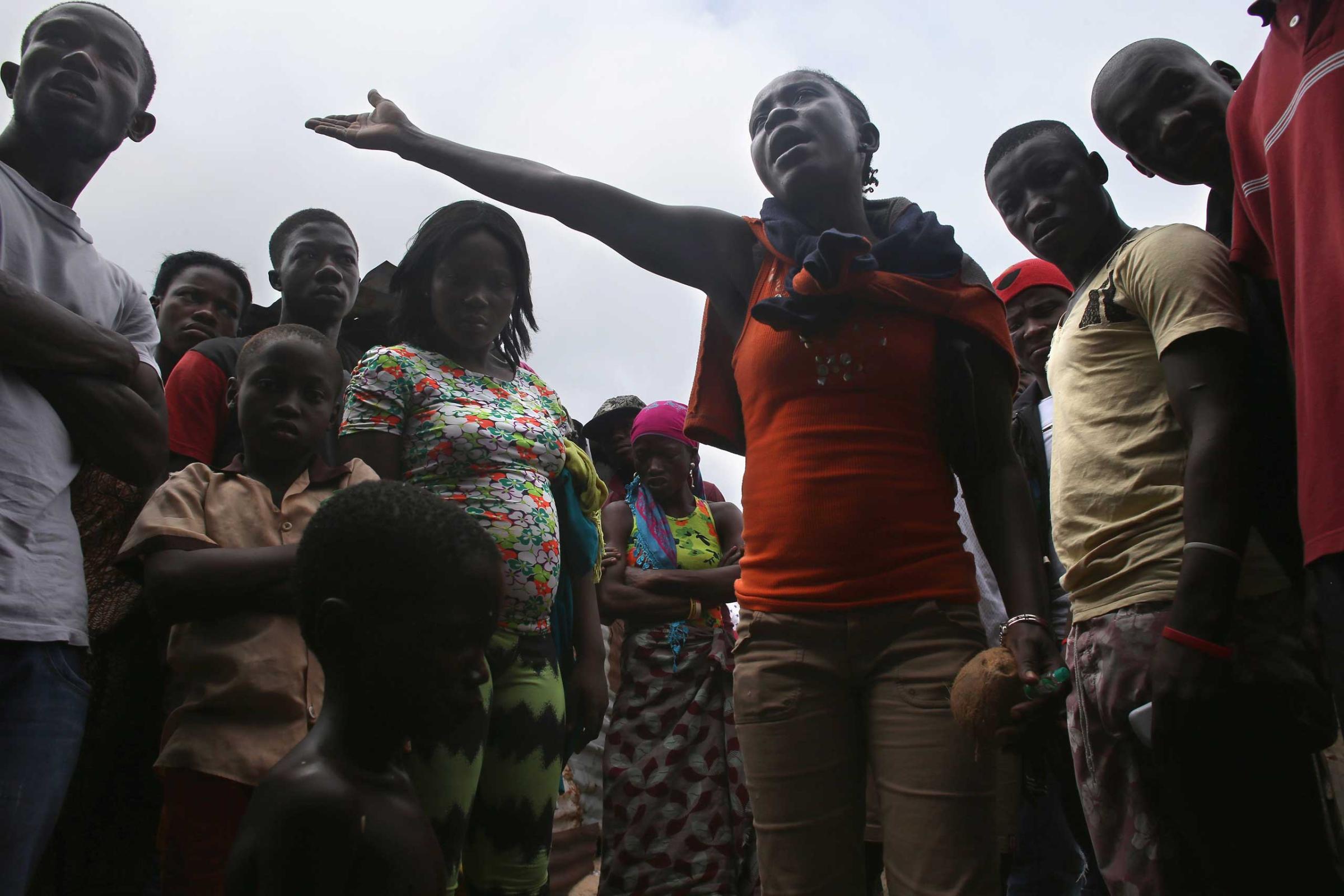
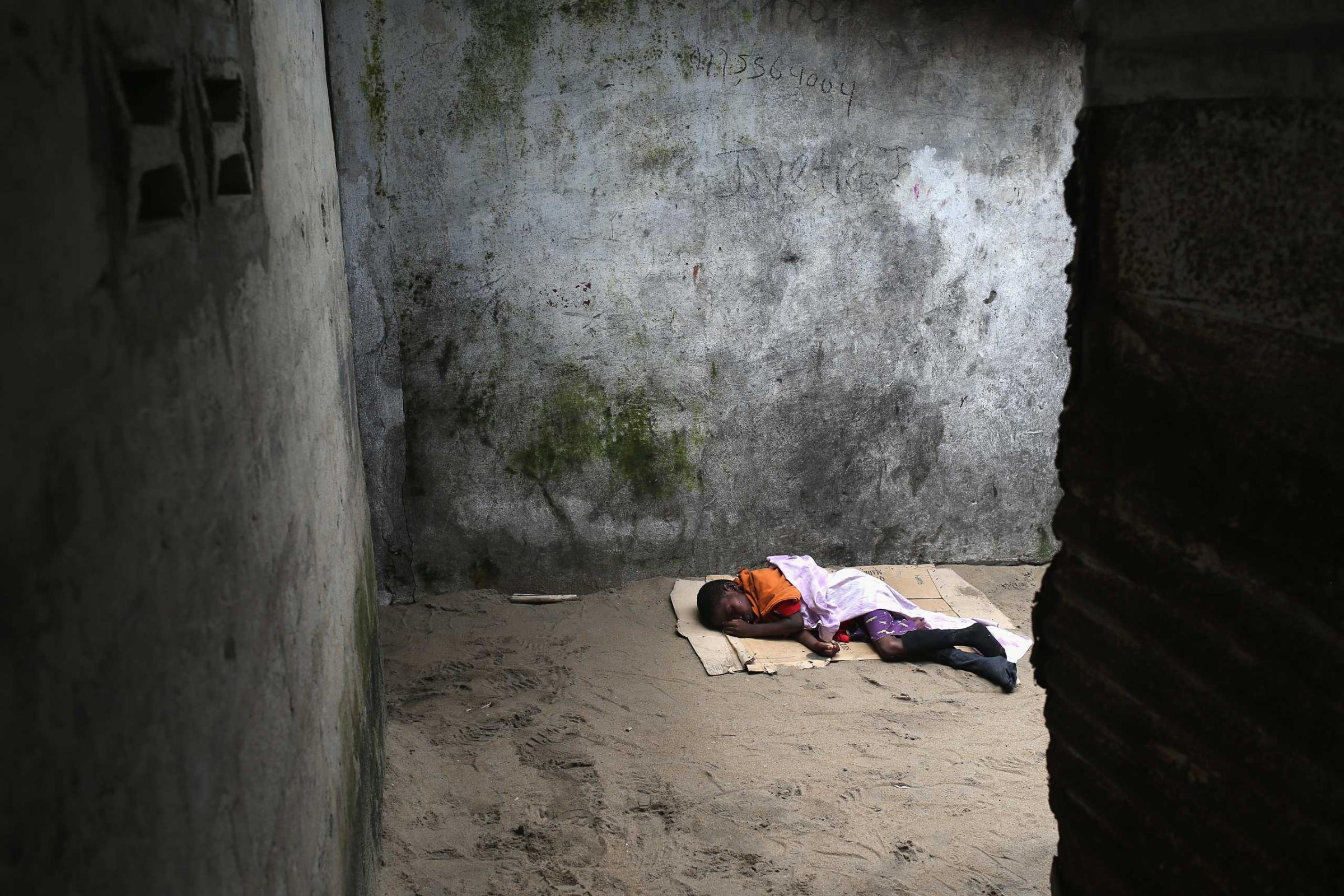
More Must-Reads From TIME
- The 100 Most Influential People of 2024
- Coco Gauff Is Playing for Herself Now
- Scenes From Pro-Palestinian Encampments Across U.S. Universities
- 6 Compliments That Land Every Time
- If You're Dating Right Now , You're Brave: Column
- The AI That Could Heal a Divided Internet
- Fallout Is a Brilliant Model for the Future of Video Game Adaptations
- Want Weekly Recs on What to Watch, Read, and More? Sign Up for Worth Your Time
Contact us at letters@time.com